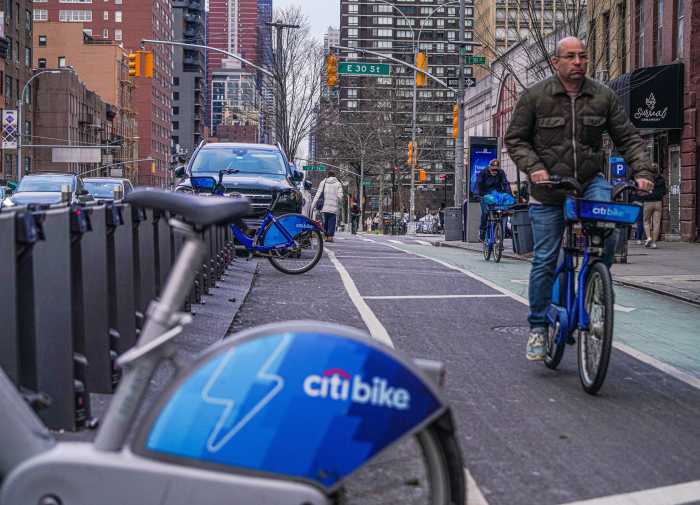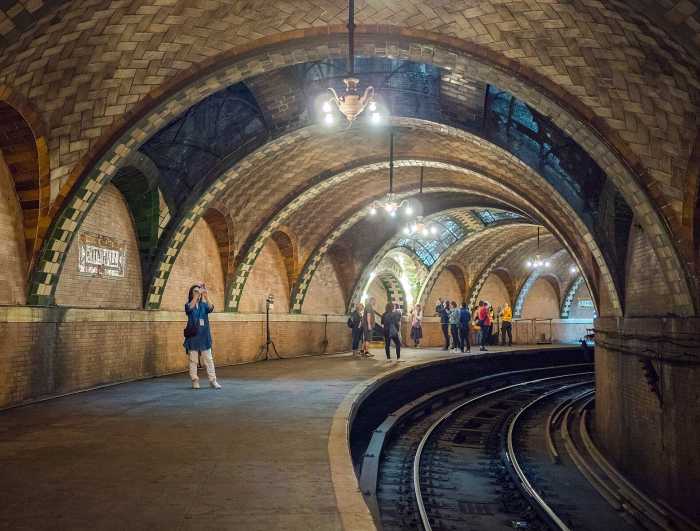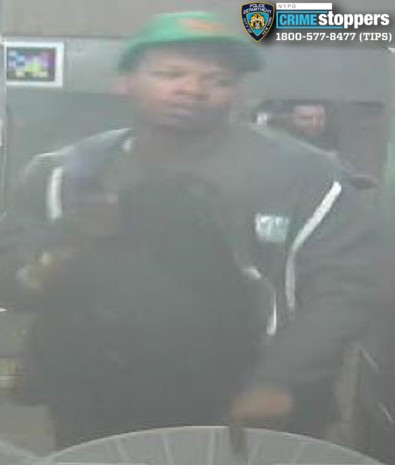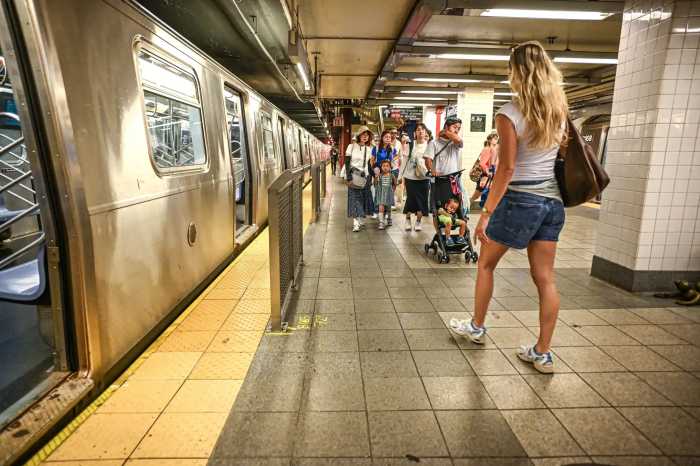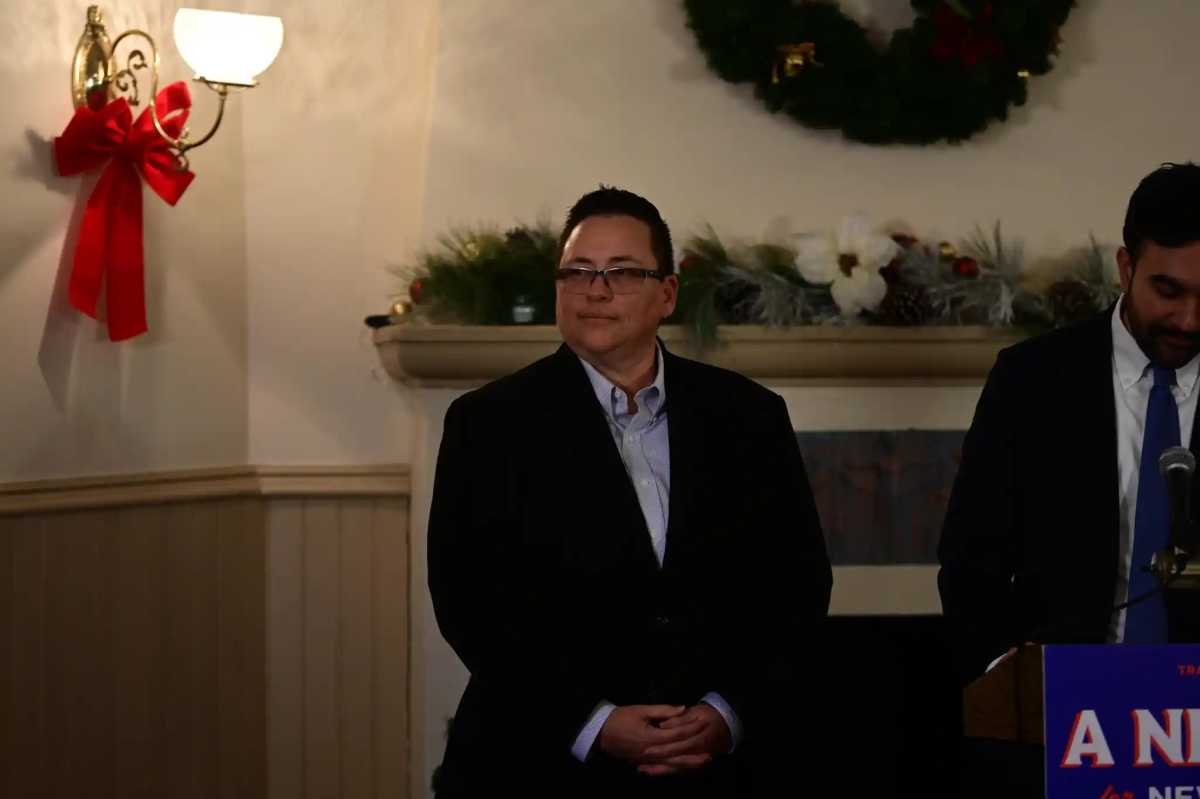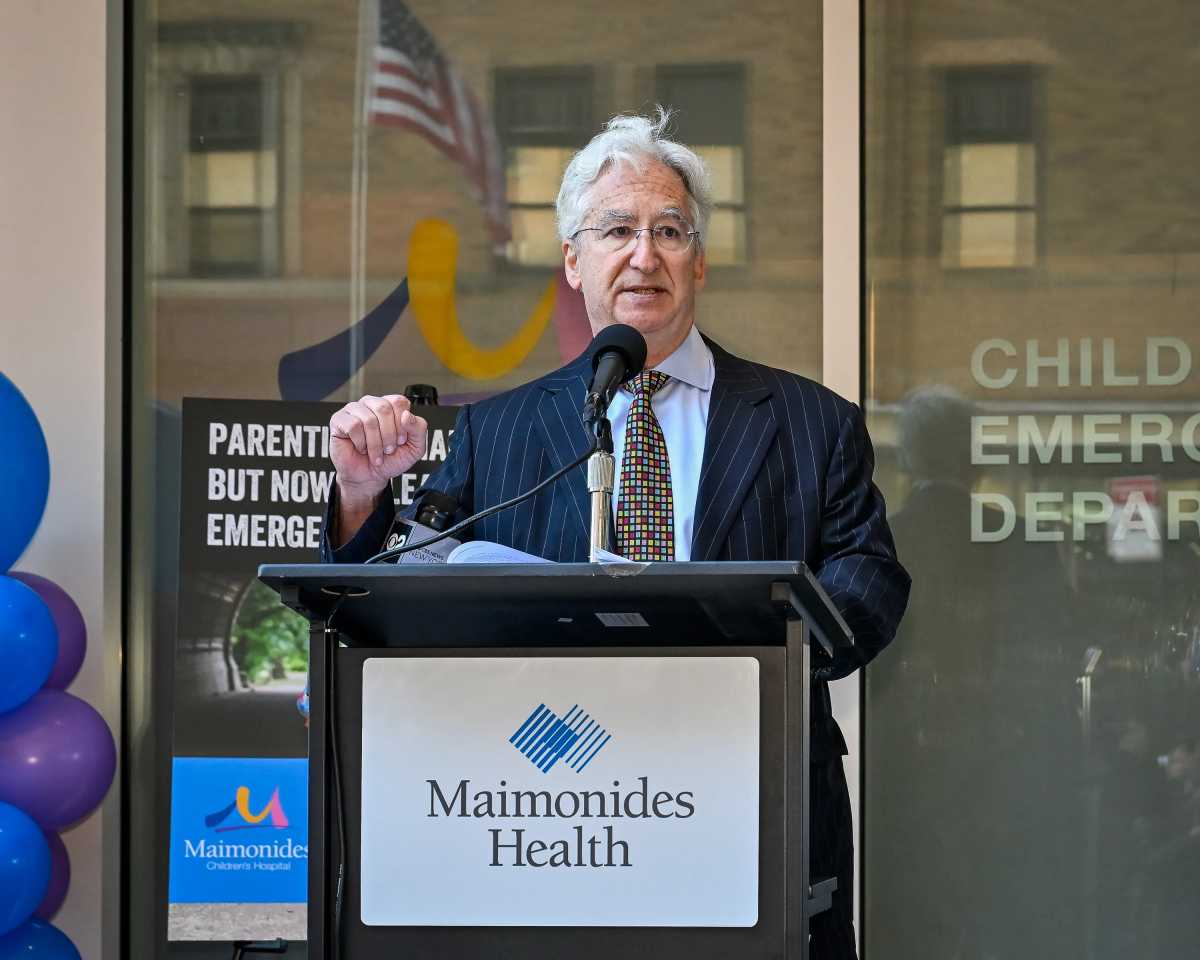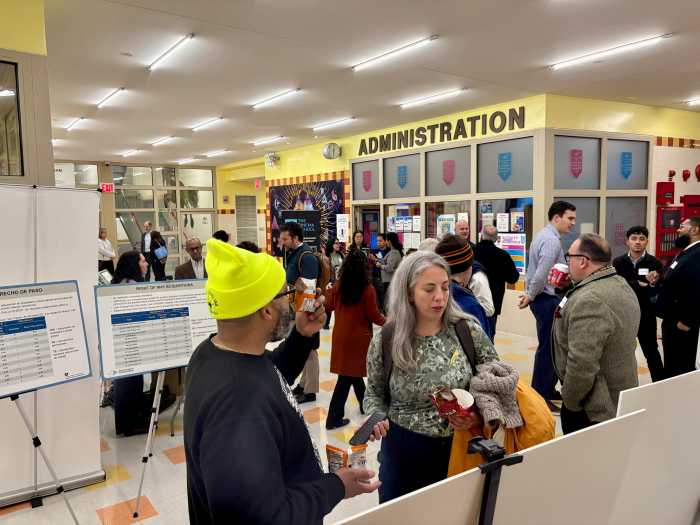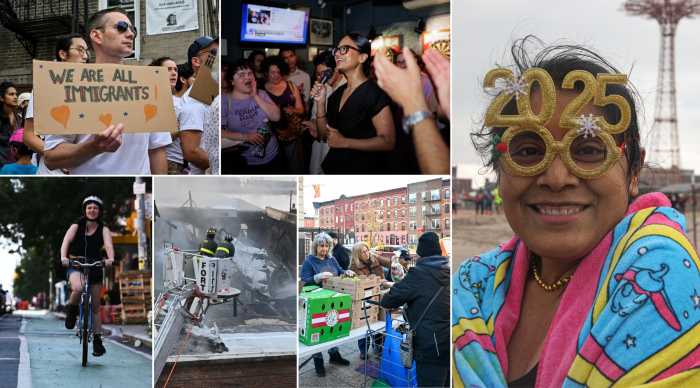Delayed trains, service changes and several train derailments — New York City’s straphangers are facing an increasingly frustrating and dangerous environment, according to transit experts. But how did we get here?
The city’s rail system, the largest of its kind in the country, is a whopping 113 years old. And while its age contributes to the deteriorating state of infrastructure, there are a number of other factors at play, including decades of underinvestment on a state and city level, according to local transit advocates.
“Our subway system is very old and still relies on signals dating back to the 1930s,” Jaqi Cohen, campaign coordinator with the Straphangers Campaign, said. “The system has felt the strain under growing ridership, and without necessary repairs and upgrades to modernize the system, subway service has continued to deteriorate, making frequent delays and terrible service a daily expectation for riders.”
So who is to blame and what can – or should – be done to fix the city’s subways? Local advocates, experts and politicians offered their insights.
Why is the subway’s infrastructure falling apart?
“Quite simply we have an expensive system to run that is 113 years old, and we’re not adequately funding it,” Veronica Vanterpool, MTA board member and executive director of the Tri-State Transportation Campaign, said.
The MTA has also consistently fallen victim to funding raids by the state, where money allocated for the agency gets pulled into the general transportation fund instead. Just this year, Gov. Andrew M. Cuomo’s administration cut $65 million in funding that was meant for the MTA’s day-to-day operating costs, according to Masha Burina, senior community organizer with the Riders Alliance.
“All of the delays we’ve been experiencing are the result of decades of underinvestment from the state,” Burina added.
And it appears New York’s politicians have not learned from past mistakes, said Owen Gutfreund, an associate professor of urban policy and planning at Hunter College, who pointed to the city’s infrastructure decline in the 1970s and early 1980s due to “decades of deferred maintenance.”
“It is sad to see us sliding back into those old bad practices again,” he added.
Who is at fault?
The next time the L train is delayed or your F train doesn’t show up, think twice before tweeting at Mayor Bill de Blasio. Mainly because there’s very little he can do about it.
Although it is owned by New York City, the MTA is a state-run agency, meaning Cuomo and his administration are at the head of this transportation behemoth.
“The governor has resisted calls to properly fund maintenance and operations, preferring instead to attach himself to splashy new capital projects, as political photo opportunities, when it suits his purposes,” Gutfreund said. “Cuomo has starved the system of the funds needed to maintain safe and efficient operations.”
But Vanterpool points out that Cuomo is only part of a legacy of politicians who are to blame for the state of the MTA. “[The delays] are an outcome of several decades of major underinvestment.”
Following an A train derailment in June that injured at least 39 people, Cuomo said straphangers deserved better service.
“It is my expectation that with new leadership brought by [chairman] Joe Lhota, the MTA will address the fundamental issues plaguing the transit system and overhaul the organizational structure of the MTA,” the governor said in an emailed statement. “As I have told Joe, any support the MTA needs to get through this crisis, will be provided.”
Lhota has since announced that the MTA plans to ask the city to cough up more funding to help fix the subway system. The move came a day before another train derailment, this one in Brighton Beach, snarled service for hours, though no injuries were reported.
Who else needs to get involved?
The matter is one of politics, Burina said. “I think that elected officials in Albany are potential allies in making this an issue.”
And while Cuomo indeed runs the MTA, there are a host of lawmakers who could be making the issues commuters face daily more of a priority.
“The entire New York City contingents and suburban contingents should be speaking louder to get more funding for the subway,” said Vanterpool, especially since there are 12 counties that are served by the MTA directly. “That contingent of legislators should be very loud in getting more funding for the MTA.”
Cuomo and de Blasio in particular need to stop assigning blame and find a way to work together, according to Cohen.
“I think that this is an all-hands-on-deck approach moving forward – state and city and governor and mayor … we all need to work together to find solutions” and get rid of some of the political barriers, Vanterpool added.
What needs to be done to fix the subway? The MTA unveils its plan
The MTA has unveiled a massive plan featuring short- and long-term fixes that Lhota said will bring the aging subway system back from the brink of complete failure.
The plan, detailed at MTA Headquarters on July 25, 2017, includes over 30 short-term projects aimed at improving service within a year. The MTA will hire 2,700 new workers to facilitate expedited track work, signal projects, train car repairs and clear the underground tunnels of debris.
The long-term phase will incorporate ideas from the Genius Challenge and address systemic and systemwide improvements, including a new signaling system, new subway cars and modern communications technology.
The entire plan will cost around $8.8 billion, with $836 million being used to fund the short-term fixes and $8 billion allotted for the long-term objectives, according to Lhota.
It remains unclear, however, where this money will come from.
Although de Blasio has stressed the need for all parties to work together on coming up with solutions to improve service, he has also remained steadfast that the city will not pony up any additional funding outside of the $2.5 billion it promised toward the MTA’s five-year capital plan.
Instead, the mayor has said he believes the MTA should manage its money better.
“The MTA has a huge amount of funding that is not being used effectively,” de Blasio said during a news conference outside the City Hall subway station following the MTA’s announcement on how to fix the subways.
Funding for subway improvements reignited a long-standing feud between de Blasio and Cuomo after the governor suggested the city should offer up more funding because it technically owns the MTA, even if the state runs it. De Blasio later said the governor’s assertions were the stuff of “fiction.”
While putting a specific price tag on fixing the MTA’s woes is tricky, advocates, experts and some lawmakers agree that more funding is needed.
In order to update the subway’s signal system, for example, the MTA’s 20-Year Capital Needs Assessment, released in 2015, suggested a price tag of $3 billion between 2015 and 2019, but only $2.1 billion is being spent on the repairs, Vanterpool said.
“You start to see that it’s not enough,” she added.
Transit advocates, meanwhile, say the funding – however much it might be – should come from a sustainable source.
Burina said a priority for the Riders Alliance is making sure that the cost doesn’t fall on straphangers. The funding, she said, should come from a source that doesn’t force riders to pay fare hikes or deal with service cuts “like what we saw at the beginning of the recession.”
The Straphangers Campaign advocates for congestion pricing plans such as Move New York, which would “deliver more stable and secure funding revenue for mass transit,” Cohen said.
What’s been done so far to fix these problems?
The MTA has spent a good deal of time and resources on repairs and maintenance, said Vanterpool, even if it sometimes feels like a game of “Whac-a-Mole.”
“One problem is fixed and another arises,” she added.
Signal modernization has already taken place along the L line, for example, and signal replacement is underway on the 7, according to Cohen. The MTA also recently unveiled a six-point plan to improve service along the Eighth Avenue line.
“This plan is a step in the right direction, but it’s a short-term solution to a long-term problem, and doesn’t do much to mitigate many of the problems ailing the system as a whole,” Cohen added.
And the damage from superstorm Sandy has compounded the agency’s problems, adding another layer of repair work to an already crumbling system.
But while progress has been made, Gutfreund remains skeptical of the state’s ability to successfully improve service.
“… This will require funding, and Albany does not have a good track record of supporting this kind of work,” he said. “It’s unseen, unglamorous and not at all sexy – but nevertheless essential.”
What can New Yorkers do to help?
The phrase “the squeaky wheel gets the grease” may come to mind, as transit advocates suggest that commuters are their own best ally when it comes to getting results.
“New Yorkers themselves are the most important advocates for better transit,” Cohen said.
Straphangers who are fed up with subway service changes should “join the growing movement” of holding the MTA and Cuomo accountable, Burina also suggested.
“Riders should raise their concerns by calling the governor directly, make their voices heard by speaking out at monthly MTA board meetings,” Cohen added. “New Yorkers have the power to hold their elected leaders and the MTA accountable to enact real change.”
It’s also important to keep an open mind when it comes to transit solutions.
“When we hear about new ideas that would support transit we have to give it a fair shot instead of shutting it down,” Vanterpool argued.
With Vincent Barone



